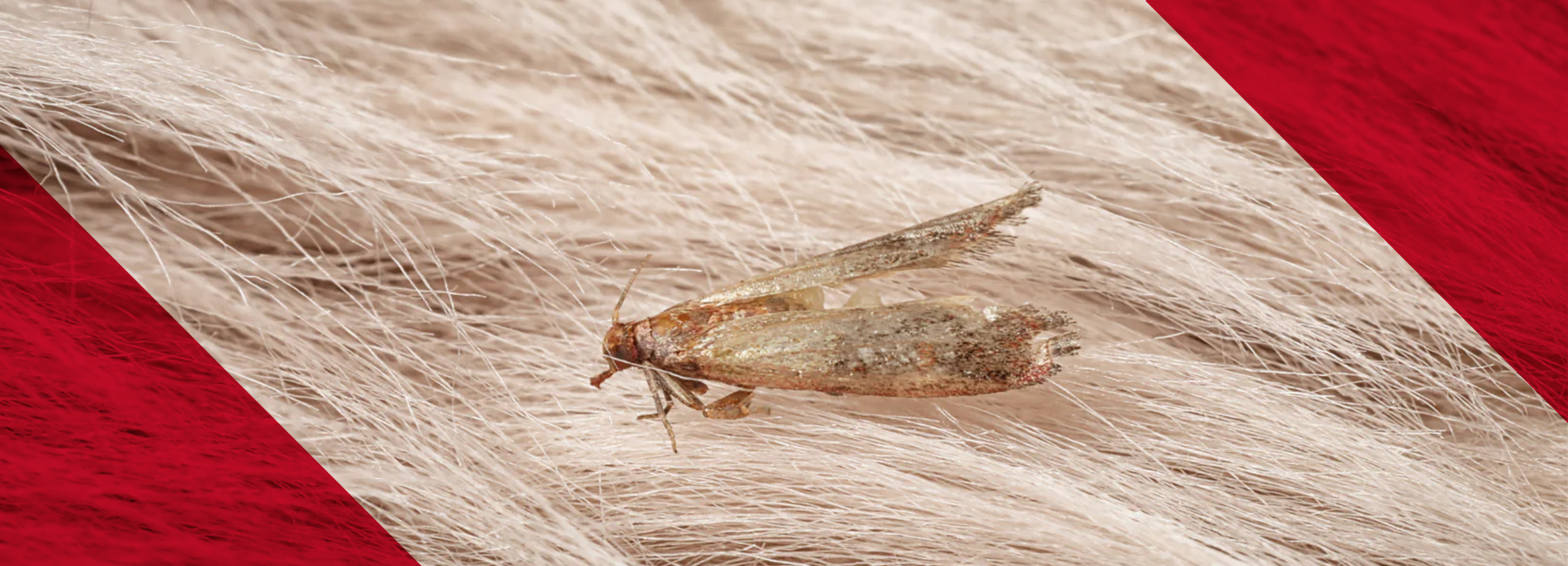Do Moths Eat Clothes?
-
Webbing Clothes Moths are the larger of the two most common clothing moths, typically measuring 6-8mm in length. Recognizable by their golden or light brown color, they primarily feed on wool, cashmere, and silk. However, they’re not picky—these moths will also target blends of synthetic and natural fibers, making a wide range of fabrics vulnerable.

-
Case-Weaving Clothes Moths are darker in appearance, with brown coloring and distinctive dark spotson their wings. They have a preference for animal-based fibers like wool and feathers, making them a threat to a variety of household items. If you have feather-filled pillows, it’s especially important to check these areas for signs of infestation.





